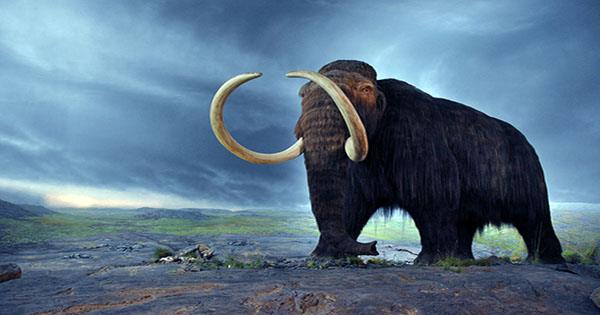Looking deeper into ancient snow, scientists have detected the movements of a furry mammoth and found this particular creature in its lifetime, traveling enough distance to orbit the earth almost twice. Published in the journal Science, researchers at the University of Alaska Fairbanks observed isotopes inside a 1.7-meter-long (5.6-foot) task from a furry mammoth living in present-day Alaska 17,000 years ago.
Isotope analysis depends on the principle of “what you eat”. It is able to provide wonderfully precise insights into the life of an animal, be it a human or a mammoth, seeing certain stable isotopes and concentrations of chemical elements in their tissues – especially bones, teeth, and gums. When an animal goes through life, some isotopes are incorporated into their plants through their plants.
These isotopes will vary by the underlying Bedrock geology of the area, as well as environmental and climatic conditions, so they can give some indication of a person’s location and diet throughout life. Study author Pat Druckenmiller, a paleontologist and director of the UA Museum of the North, said in a statement, “From the day they were born until the day they died, they got a diary and it was written in their hand.”
“Mother Nature does not usually provide such a convenient and lifelong record of a person’s life.” Clement Bataille, a co-lead author and researcher at the University of Ottawa, added, “What we’ve been able to see and do with this data is amazing.” In this study, the woolly mammoth is thought to be closely related to the last group of its species living in mainland Alaska. Before dying at the age of 28, Mammoth appears to have made numerous long migration journeys throughout central and northern Alaska during his lifetime. Matthew Wooller, senior and co-lead author of the study at the University of Alaska Fairbanks, added: “It’s not clear if this was a seasonal immigrant, but it did add some serious grounds.” “He visited many parts of Alaska at some point in his life, which is quite amazing when you think about how big that area is.” In addition to its marathon migration, the researchers also highlighted a few other important life events. A sudden change in isotopic signature occurs when a mammoth is about 15 years old. Based on the modern-day elephant life, it probably represents the time when the young man was taken out of his herd and forced to go alone.
















